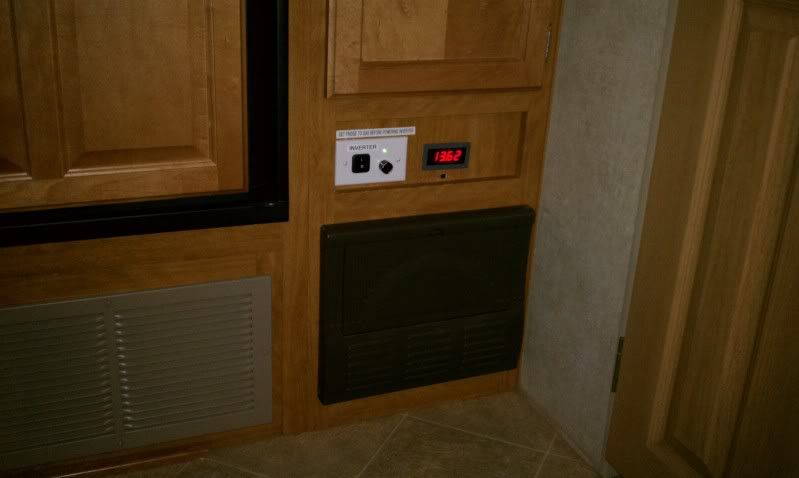BurbMan
Nov 05, 2014Explorer II
Thoughts on this battery meter
Basck when I upgraded the wiring to the batteries, and installed my PD converter/charger, I added a voltmeter:

I use this to monitor converter output, ie, when the PD is in boost mode, and also to monitor state of charge when running off of batteies. I have a chart inside the pantry that correlates battery voltage to % of SOC.
I saw this on eBay and it looks intriguing:

CLICK PIC FOR LINK
Was wondering if anybody has used one of these, and if so, how accurate they are? I assume that the number displayed is the % of charge of the battery based on voltage.

I use this to monitor converter output, ie, when the PD is in boost mode, and also to monitor state of charge when running off of batteies. I have a chart inside the pantry that correlates battery voltage to % of SOC.
I saw this on eBay and it looks intriguing:
CLICK PIC FOR LINK
Was wondering if anybody has used one of these, and if so, how accurate they are? I assume that the number displayed is the % of charge of the battery based on voltage.


